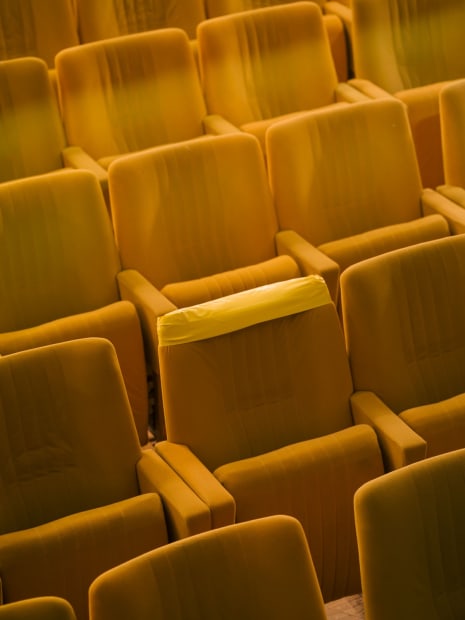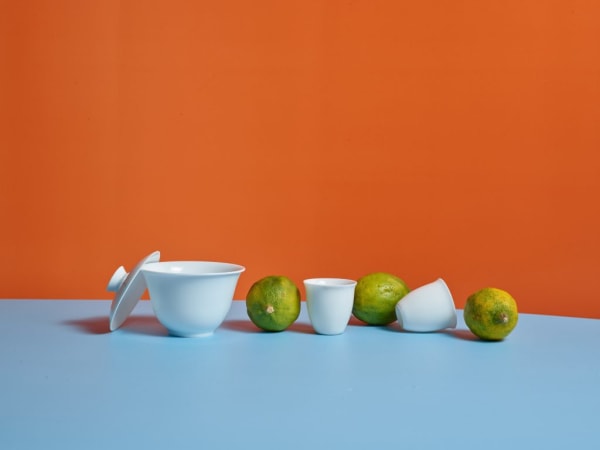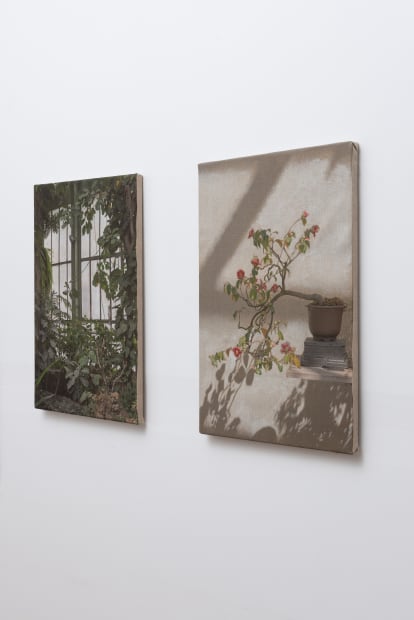This summer, Fu Qiumeng Fine Art is thrilled to debut ‘但聞人語響:Yet, Only Voice Echoed,’ the gallery’s first group photography exhibition curated by Cathy Fan showcasing seven bodies of poetic work from six noteworthy artists as an extension of the research-oriented QM Project. This exhibition invites viewers to join a journey of poetic images through the poem Deer Enclosure 《鹿柴》written by the Tang Dynasty literatus Wang Wei 王维, to ponder over the imaginations in cross-cultural literary translation. Artists included are Michael Cherney(秋麦), Lois Conner(康兰丝), Shen Wei (沈玮), Su Jiehao (苏杰浩), Cheng Ronghui (陈荣辉), and Benjamin Langford.
The title of this exhibition, “但聞人語響:Yet, Only Voice Echoed,” was derived from the curator’s translation ofDeer Enclosure above. The poem depicts a tranquil and peaceful scene of woods in an empty mountain near a deer enclosure in the late afternoon. A sensory imagery was created only within these 20 characters, providing the reader an artistic vision perception: no one was in sight on this empty mountain, but human voices were heard – what a fleeting moment in these lonely woods. This feeling that the poet elicits is subjective, perhaps even hallucinatory. It is through the use of senses in the poem that brings the picture alive and into our imagination, a true “painted poem.” If we boldly imagine Wang Wei visiting modern times and encountering photography, he would certainly use a camera to express the beautiful scenery about which he had written.








